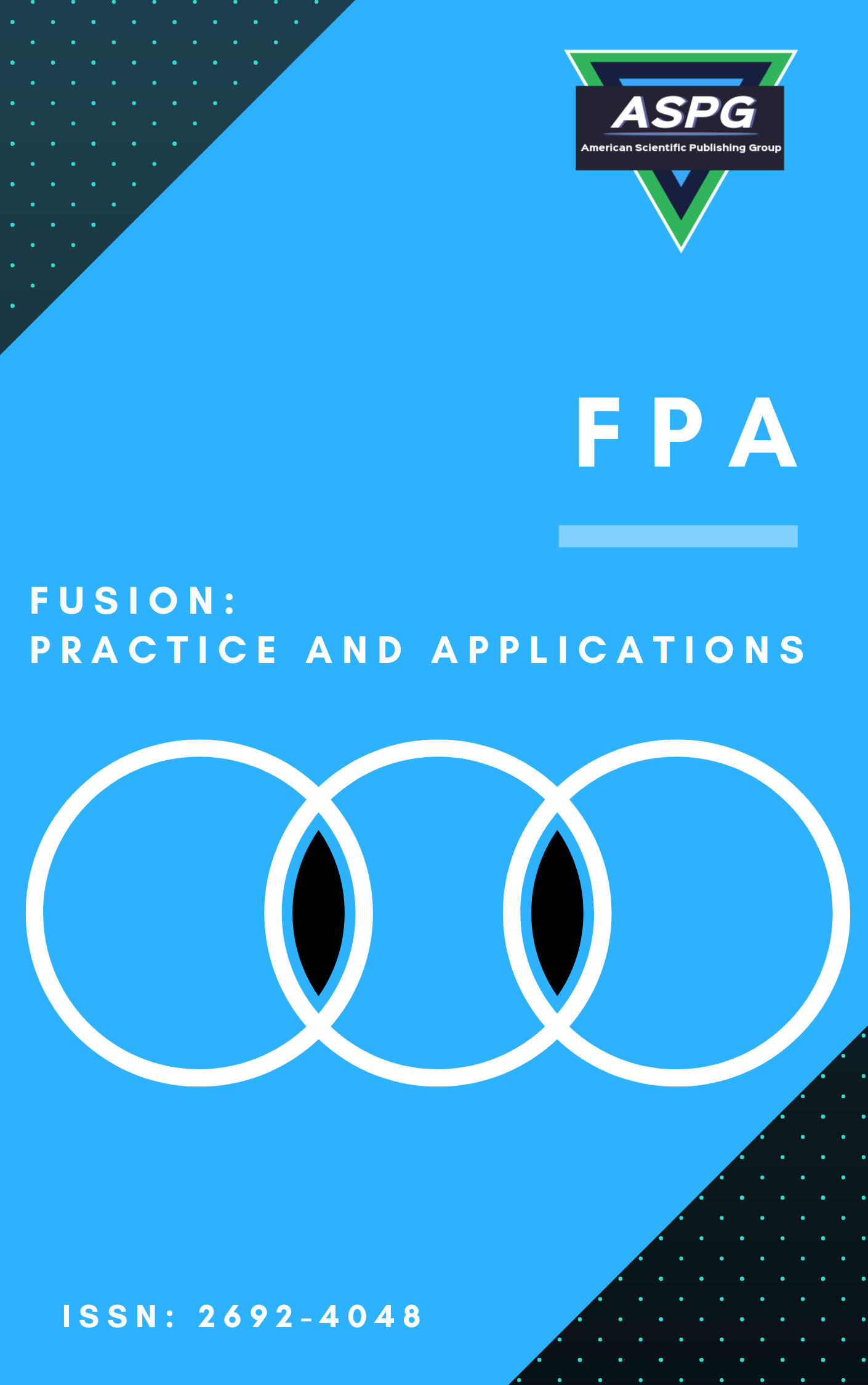

Volume 1 , Issue 1 , PP: 40-48, 2020 | Cite this article as | XML | Html | PDF | Full Length Article
Surinder Kaur 1 * , Shivani Mankotia 2 , Pooja Bharadwaj 3
This paper studies and analyses the encryption and decryption times of a popular variant of the RSA algorithm, the multi-prime RSA. This algorithm uses more than two prime numbers for the encryption process. In this paper, 3, 4, and 5 prime RSA algorithms have been implemented and studied. The rate of increase of encryption and decryption times concerning the number of primes used is also illustrated and compared graphically.
RSA algorithm , encryption , decryption , n-prime RSA
[1] Milanov, E. (2009). The RSA algorithm. RSA Laboratories, 1-11.
[2] Bahig, H. M., Bhery, A., & Nassr, D. I. (2012, October). Cryptanalysis of multi-prime RSA with small prime difference. In International Conference on Information and Communications Security (pp. 33-44). Springer, Berlin, Heidelberg.
[3] Zheng, M., & Hu, H. (2015). A New Factoring Attack on Multi-Prime RSA with Small Prime Difference. IACR Cryptology ePrint Archive, 2015, 1137
[4] Damgård, I., Mikkelsen, G. L., & Skeltved, T. (2014, December). On the security of distributed multiprime RSA. In International Conference on Information Security and Cryptology (pp. 18-33). Springer, Cham.
[5] Srivenkatesh, M., & Vanitha, K. Implementing Multiprime RSA Algorithm to Enhance the Data Security in Federated Cloud Computing. International Journal of Advanced Research in Computer and Communication EngineeringVol, 4.
[6] Collins, T., Hopkins, D., Langford, S., & Sabin, M. (1998). U.S. Patent No. 5,848,159. Washington, DC: U.S. Patent and Trademark Office.
[7] Takagi, T. (1998, August). Fast RSA-type cryptosystem modulo p k q. In Annual International Cryptology Conference (pp. 318-326). Springer, Berlin, Heidelberg.
[8] Takagi, T., & Naito, S. (2002). U.S. Patent No. 6,396,926. Washington, DC: U.S. Patent and Trademark Office.
[9] Prakash, G. L., Prateek, M., & Singh, I. (2014, July). Data encryption and decryption algorithms using key rotations for data security in cloud system. In 2014 International Conference on Signal Propagation and Computer Technology (ICSPCT 2014) (pp. 624-629). IEEE.
[10] Hinek, M. J., Low, M. K., & Teske, E. (2002, August). On some attacks on multi-prime RSA. In International Workshop on Selected Areas in Cryptography (pp. 385-404). Springer, Berlin, Heidelberg.
[11] Xia, Z. Z. Z. On the Variants and Speed Methods of RSA.
[12] Goshwe, N. Y. (2013). Data encryption and decryption using RSA algorithm in a network environment. International Journal of Computer Science and Network Security (IJCSNS), 13(7), 9.
[13] Shinde, G. N., & Fadewar, H. S. (2008, April). Faster RSA algorithm for decryption using Chinese remainder theorem. In International Conference on Computational and Experimental Engineering and Sciences (ICCES) (Vol. 5, No. 4, pp. 255-262).
[14] Boneh, D., & Shacham, H. (2002). Fast variants of RSA. CryptoBytes, 5(1), 1-9.